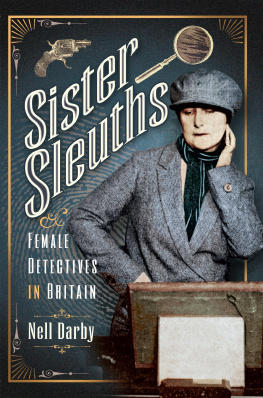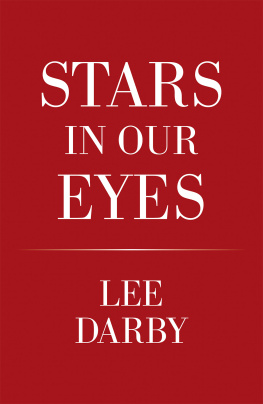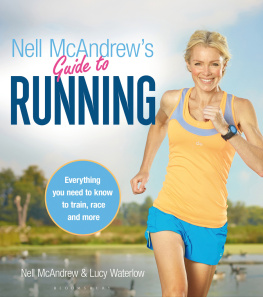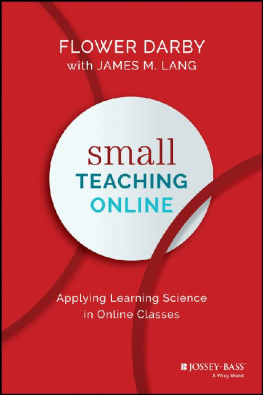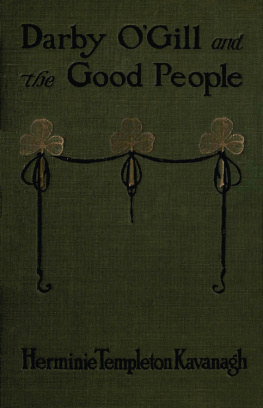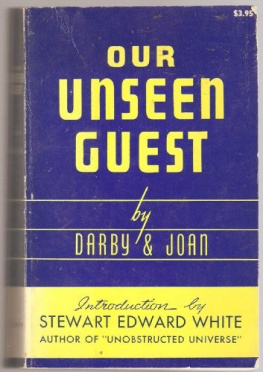A History of Womens Lives in Oxford
A History of Womens Lives in Oxford
By Nell Darby
First published in Great Britain in 2019 by
Pen & Sword History
An imprint of
Pen & Sword Books Ltd
Yorkshire Philadelphia
Copyright Nell Darby, 2019
ISBN 978 1 52671 785 6
eISBN 978 1 52671 787 0
Mobi ISBN 978 1 52671 786 3
The right of Nell Darby to be identified as Author of this work has been asserted by her in accordance with the Copyright, Designs and Patents Act 1988.
A CIP catalogue record for this book is available from the British Library.
All rights reserved. No part of this book may be reproduced or transmitted in any form or by any means, electronic or mechanical including photocopying, recording or by any information storage and retrieval system, without permission from the Publisher in writing.
Pen & Sword Books Limited incorporates the imprints of Atlas, Archaeology, Aviation, Discovery, Family History, Fiction, History, Maritime, Military, Military Classics, Politics, Select, Transport, True Crime, Air World, Frontline Publishing, Leo Cooper, Remember When, Seaforth Publishing, The Praetorian Press, Wharncliffe Local History, Wharncliffe Transport, Wharncliffe True Crime and White Owl.
For a complete list of Pen & Sword titles please contact
PEN & SWORD BOOKS LIMITED
47 Church Street, Barnsley, South Yorkshire, S70 2AS, England
E-mail:
Website: www.pen-and-sword.co.uk
Or
PEN AND SWORD BOOKS
1950 Lawrence Rd, Havertown, PA 19083, USA
E-mail:
Website: www.penandswordbooks.com
Acknowledgements

The British Newspaper Archive is a fantastic resource for searching for local newspaper articles enabling the researcher to find out what was happening in a location, and what was deemed of interest both to the local press and their local readers. This book has been mainly researched using the BNA, and I would like to thank those who have made it such a good and easy-to-use resource. Thanks are also due to those who compile and write Oxfords local history websites that have enabled me to double-check some facts in particular, Stephanie Jenkins for her fascinating and detailed Headington and Oxford History websites ( www.headington.org.uk and www.oxfordhistory.org.uk ). For anyone interested in the citys history, Id recommend a read of these. I would also like to thank the staff of the Bodleian Libraries, and in particular, those at the Weston Library and Law Library, who have been consistently helpful. Thanks are due, too, to Oliver Mahony, the archivist at St Hildas College, and to Andrew Chapman.
Thanks also to my own Oxford ancestors the members of the Harper family who lived and worked in the city in the nineteenth century, from Pembroke Street to Park Town. The male members of the family worked here as accountants, dentists, wine merchants, photographers and university librarians. Their ghosts have been with me during the writing of the book but so too have the ghosts of their wives and daughters, whose lives and roles are less documented, a perennial issue. Knowing the strong women in my family today, though, I have no doubt that they would have been actively involved in their male relatives work lives as well as their personal lives.
Finally, as always, thanks to John, Jake and Eva Darby and also to Rosie Farr, for both running and writing support.
Introduction
The period from 1850 to 1950 was a time of great change, not just in Oxford, but across the country. Britain changed from being a rural nation to an increasingly urban one, as industrialisation had a huge impact both on the size of towns and cities, and on what jobs were available within them. More housing was needed to accommodate those moving into these urban areas for work, and so the towns spread, and suburbs appeared to house both new workers, and those seeking to move out of polluted centres.
Oxford was different to some places; although it was a small provincial city with no industrial base, it had plenty of job opportunities, and so, throughout the Victorian period, it grew steadily. There was a clear differentiation between town and gown, as there had been for centuries; yet both were seeing change throughout this time, from the improvements in transportation and health care, to the opening up of university education to women.
The relative absence of comprehensive histories of Oxford and its people is clear from a search of local bookshops and tourist sites in the city. There is a domination of books aimed at the tourist introductions to the city that focus on its beauty and its architecture, but where are the books that look at life behind the spires and, more specifically, the lives of the citys female residents? The lives of poorer women, in particular, can be marginalised in history books just as womens lives themselves have been marginalised throughout history; yet their experiences could often be different from mens, being proscribed by them, and influenced by their male relatives status. How did mens lives impact on womens in Oxford and how did women react, or spend their time? How did they seek to improve the city, and the lives of its residents, or improve their own education and work? These are some of the questions considered when planning this book.
The book does not, though, set out to offer a comprehensive history of Oxford in the century from 1850, or of its university, its best-known asset. It would be both impossible to do so, and there are other books and websites out there that can offer insights into aspects of these histories. Neither can I cover all of Oxfords women and their individual experiences. The experience of my Oxford ancestors from the wife of one of the citys pioneer photographers, to her daughter, dead from consumption in her early twenties, before she had a chance to fully bloom are not representative of many others, for example. What I do hope to do is to offer a snapshot of changing lives and times, and of the contribution women made to the city.
This is an individualistic selection of stories and activities, drawn from both archives and newspapers. The latter offer a gendered insight into womens lives, often being accounts written by men (although some reports of events may have been submitted to the local press by the citys women). Likewise, census entries up to 1911 were compiled largely by men (although there were some female census enumerators), and in 1911, the census forms were filled in by the head of household which, in many cases, might be the husband or father of a family, so again present a gendered history; how a man might describe his wifes or daughters occupation might not reflect how she would have written it herself, for example, although one hopes that her family would recognise her position and record it accurately. Where the 1911 census is particularly fascinating is in its entries concerning supporters of the suffragist movement, where women might refuse to fill in their details, or only record the basics here we get a picture of women seeking control and political power, expressing their beliefs and their strength through the collation of the national census.






